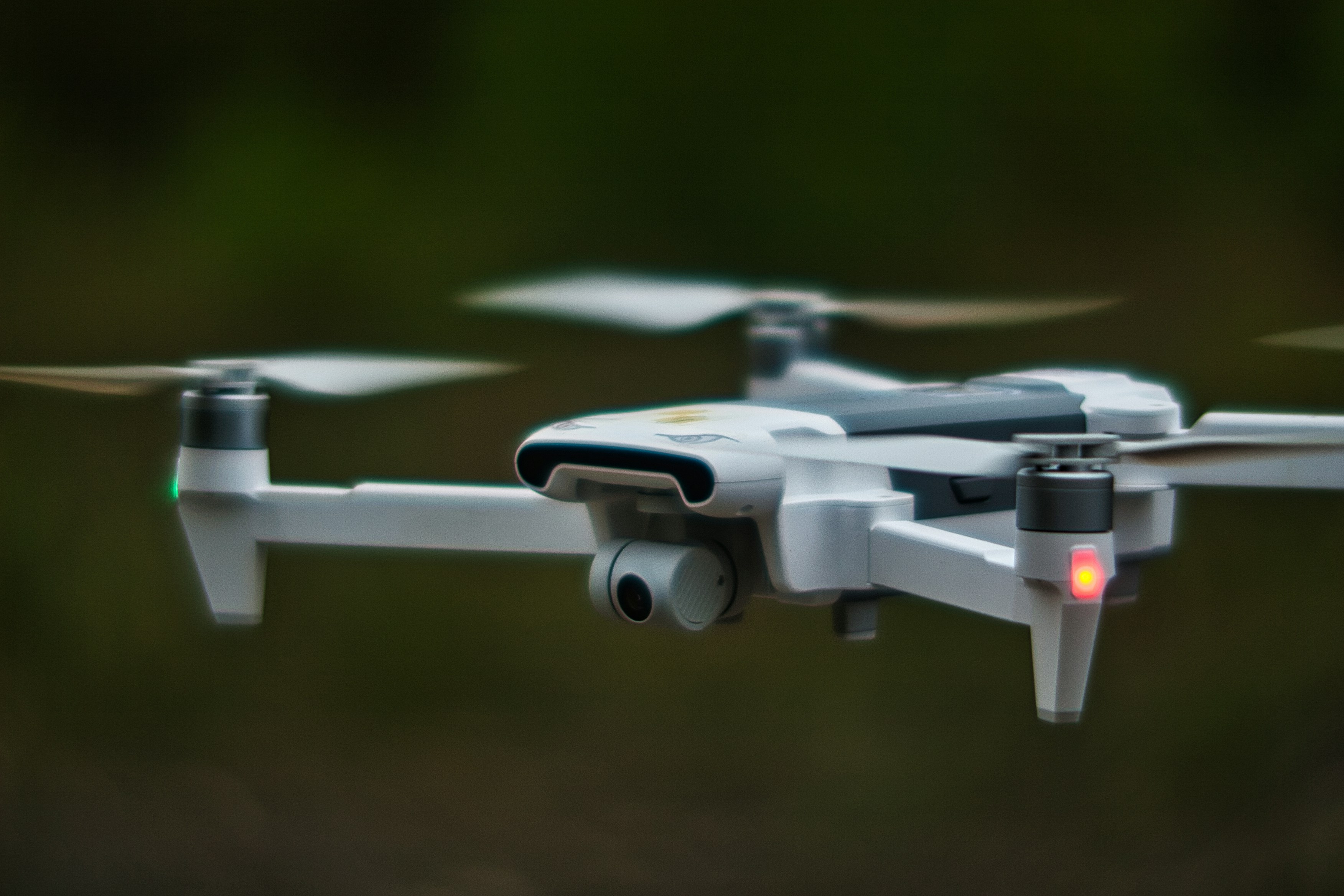Field Installation Engineer
Job Category:Engineering and Technical Support
Time Type:Part time
Minimum Clearance Required to Start:Secret
Employee Type:Part-Time On-Call-Rotational Traveler
Percentage of Travel Required:Up to 100%
Type of Travel:Outside Continental US
Job Overview:
CACI has an immediate need for severalField Installation Engineersto support our mission critical program. These positions will be home based and travel to sites is required up to 100%.
What You’ll Get to Do:
- Install, maintain, and troubleshoot electronic security systems
- Install raceway and conduit infrastructure
- Terminate Cat-6 cables, coaxial cables, and splice Fiber as required.
- Install equipment racks, enclosures, panels, and device mounting hardware
- Complete device and component installation activities
- Execute installation activities within planned durations
- Read and understand schematics and technical documentation
- Configure programmable system components
- Perform testing and evaluation at the component and system levels
- Configure ports on network equipment
- Maintain accurate project documentation
- Responsible for installing low voltage security systems for Government clients, including overseeing and/or performing any necessary diagnoses, troubleshooting, service, and repair of security equipment and system.
- Check out and approve operational quality of solution components and instruct customers in the operation and maintenance of the solution.
You’ll Bring These Qualifications:
- Possess or be able to obtain a Secret clearance level
- Requires a HS diploma or GED
- Must be able to lift at least 50 pounds
- Must be able to work at various heights, up to 45 feet
- Must be able to climb and maintain balance on scaffolds, aerial lifts, and all types of ladders for extended periods of time
- Must be able to walk, climb, lift, squat, crawl, kneel, and reach overhead on a routine and repetitive basis
These Qualifications Would be Nice to Have:
- 2+ years of experience in electronic security systems or related field
- Basic understanding of TCP/IP
- Experience operating personnel lift
- Basic knowledge of electrical conduit installation
What You Can Expect:
A culture of integrity:At CACI, we place character and innovation at the center of everything we do. As a valued team member, you’ll be part of a high-performing group dedicated to our customer’s missions and driven by a higher purpose – to ensure the safety of our nation.
An environment of trust:CACI values the unique contributions that every employee brings to our company and our customers - every day. You’ll have the autonomy to take the time you need through a unique flexible time off benefit and have access to robust learning resources to make your ambitions a reality.
A focus on continuous growth:Together, we will advance our nation's most critical missions, build on our lengthy track record of business success, and find opportunities to break new ground — in your career and in our legacy.
Your potential is limitless. So is ours.
Pay Range:The proposed salary range for this position is: $47,100-$96,500. There are a host of factors that can influence final salary including, but not limited to, geographic location, Federal Government contract labor categories and contract wage rates, relevant prior work experience, specific skills and competencies, education, and certifications.
CACI is an Equal Opportunity Employer. All qualified applicants will receive consideration for employment without regard to race, color, religion, sex, pregnancy, sexual orientation, age, national origin, disability, status as a protected veteran, or any other protected characteristic.
#J-18808-Ljbffr


